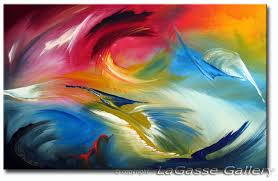There are many roles with which we commonly identify ourselves with. As a child, adolescent, youth, father, mother, husband, wife, elder person, healthy, sick, wealthy, powerful, enlightened and so on. But in reality these are just thoughts about us.
Any thought that we have about our self, irrespective of its nature, is only a thought. It cannot be our true self as the truth of our self is not a thought but the source of it.
There is something within us that is greater than our thoughts, mind and body but is aware of the thoughts, mind, body, beliefs and everything that presents itself as reality to the five senses. Any thought, feeling or emotion is therefore an inadequate description of our true self.
The true self is not the mind, body, heart, soul, truth, god or anything that can be named. It is simply beyond definition. It is easier to get caught in appearances rather than take a step back and see that we are beyond all that we think or perceive.
The truth of who we really are is completely independent of any concept of who we truly are whether it is being ignorant or enlightened, rich or poor, healthy or sick, and so on. Truth is free from everything and the only thing that blocks us from enjoying this freedom is attachment to a thought about who we are! This attachment is what prevents us from the realization of who we really are.
An image may arise in our mind, a sensation may appear in our body, an emotion might captivate us. All these are objects which come and go, are born and die, appear and disappear. But the truth about who we are does not come and go. It is an ever present reality.
Infinite consciousness without focus upon a specific activity is our true reality. It is the consciousness from which all of life springs. The purpose of spirituality is to see beyond our roles and dramas to the transcendent truth.
Ranji Varughis








